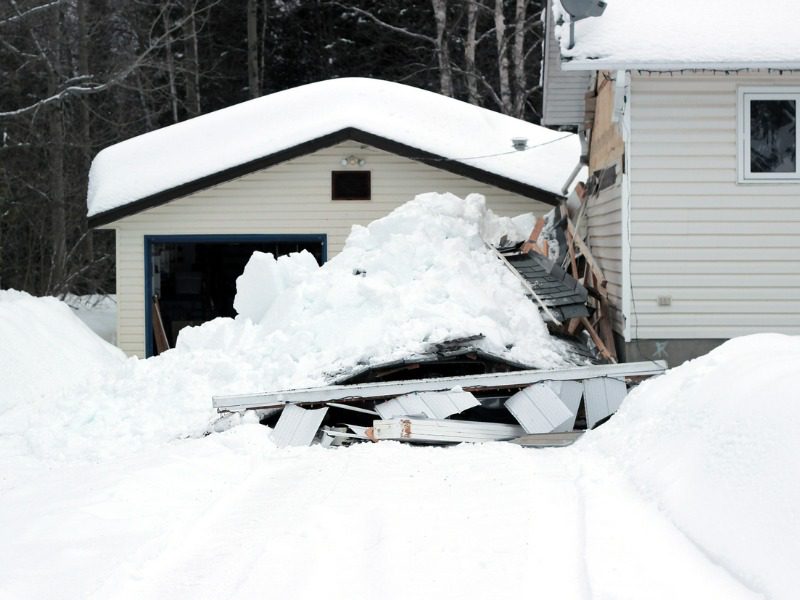Claims to expect in Canada after a rough winter in March

Parts of Canada have been hit with several major snowstorms in succession this winter, and while none of the severe storms individually will likely be declared catastrophes (i.e. resulting in more than $30 million of insured damage), they may be compounding to result in knock-on claims related to heavy snow loads and water-related damage, one expert tells Canadian Underwriter.
“Heavy snowfall events don’t typically lead to widespread industry catastrophes, but there can be concerns about significant snow loads that can lead to roof collapses,” said Laura Twidle, president and CEO at Catastrophe Indices and Quantification Inc. (CatIQ). “It is more likely that roof collapses would be the result of several snowfall events compounding on one another with little melt period in between.”
2023 Winter claims by region
Ontario
Ontario has seen major, almost weekly snowstorm events since late February, including:
A winter storm on Feb. 22 that saw a mix of snow and ice
A snowstorm and rare winter thundersnow event (where instead of rain, snow is the main precipitation during a thunderstorm) on Mar. 2
A winter storm on Mar. 10
Plus, parts of Ontario could see as much as 30 to 50 centimetres of snow this weekend, according to The Weather Network.
“We are currently paying close attention to southern Ontario because of the deep snowpack in place and the high-risk density,” said Twidle. “Combine snowmelt and rainfall on a frozen surface in an urban area and it is very possible we could see a variety of water claims.”
March has seen above-average levels of snow so far. Overall, however, Ontario’s winter season has seen below-average snowfall accumulations.
Although the month has yet to conclude, Toronto has seen a total of 41.6 cm of snow in March, compared to 24.8 cm of snow during March last year.
Comparatively, this February saw 28.9 cm of snow, compared to last year’s 48 cm.
In Ontario, December and January of this winter saw less snow than during the same time last year. This even factors in the major bomb-cyclone that ripped through eastern Canada in December 2022, causing $140 million in insured damages.
Where 2022 tallies for insured damages in Canada
Parts of eastern Canada, including Ontario, have seen dramatic temperature rebounds this winter. “And in these instances, it can lead to pipes bursting and water damage,” said Twidle.
For example, Ottawa experienced a low of -32°C in early February, which swung to a mild 1°C by the next morning. Toronto, Montreal, and Halifax also experienced temperature flips between 25 to 29 degrees that same day.
As Twidle points out, this can lead to a variety of water-related claims.
On the coasts
British Columbia has also seen some heavy snow, including record-breaking snowfall levels in late February, and dangerous avalanche conditions this winter. There have been over 12 avalanche fatalities in B.C. in 2023 so far.
Plus, a B.C winter storm and king tide between Dec. 23 and 27 caused $80 million in damages this winter.
Vancouver has seen more snow in December 2022 (41.8 cm) compared to December 2021 (35.7 cm). And this February, B.C. residents saw 15.6 cm of snow, compared to only 2.2 cm the previous year. However, this January saw less snow than last.
On Canada’s East Coast, yearly data shows 2023 has seen a total of 13 cm of snow in Halifax, Nova Scotia, compared to 8 cm in 2022.
Feature image by iStock.com/Cathy_Britcliffe



